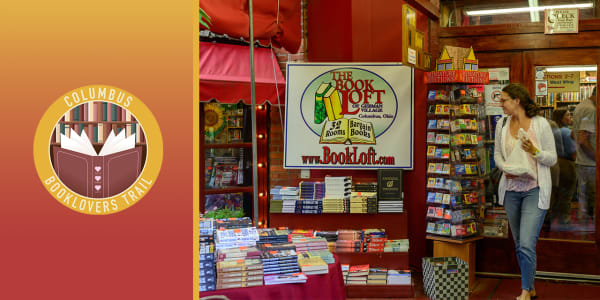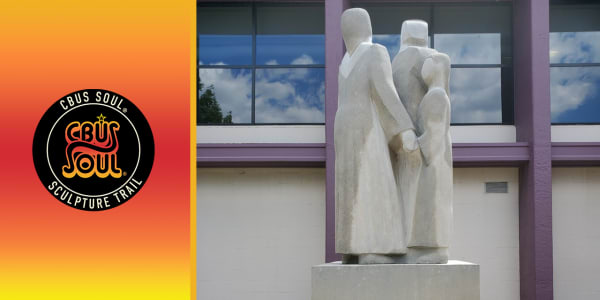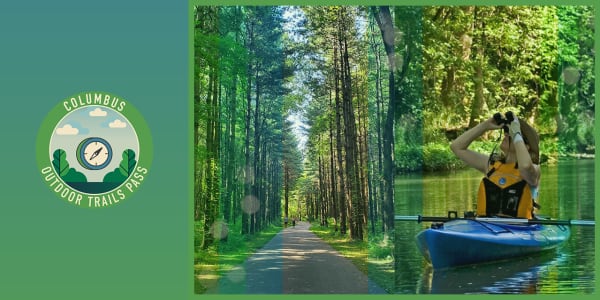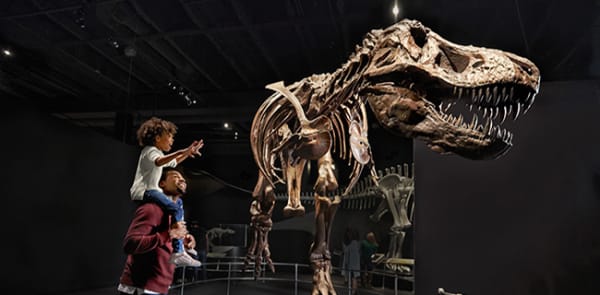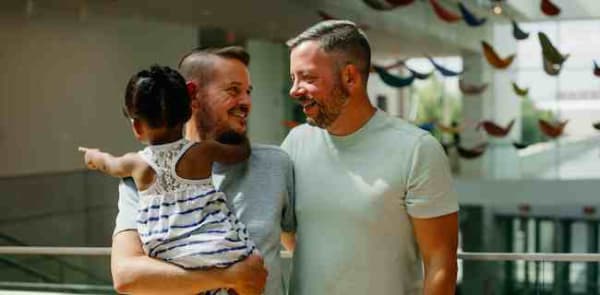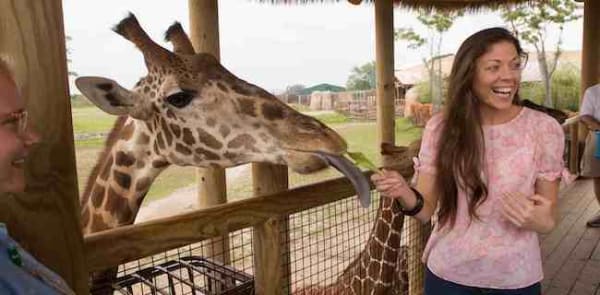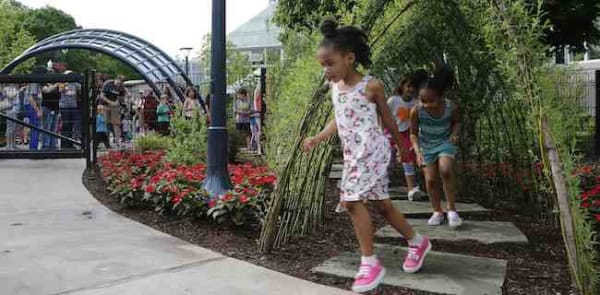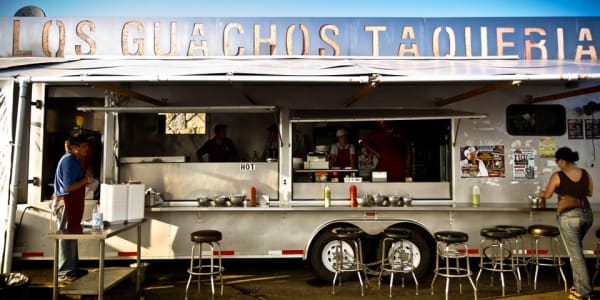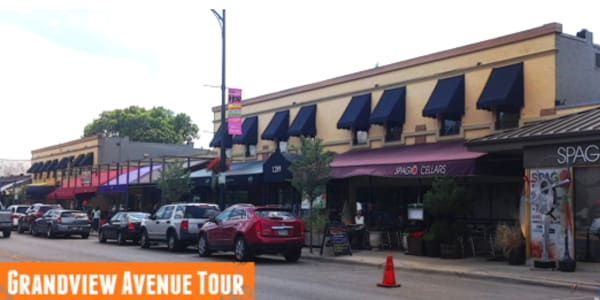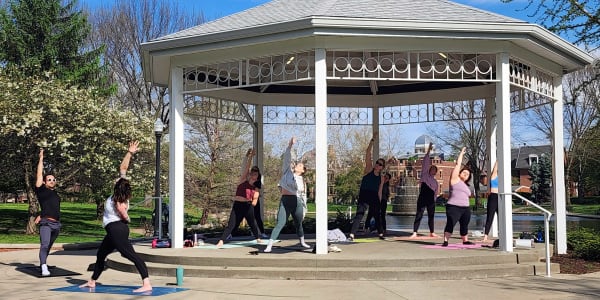Columbus Coffee Trail 2025 - 2026
Mobile exclusive
Instantly delivered via text and email
No apps to download
Check-in and earn points toward great prizes like a t-shirt, insulated mug, and stainless steel coffee press.
Have the opportunity to earn prizes after only 4 check-ins!
All check-ins and prize redemptions must be completed by September 30, 2026.
How this Pass Works

Step 1 - Get Your Pass

Step 2 - Receive Text

Step 3 - Redeem
Columbus Booklovers Trail
- Mobile exclusive
- Instantly delivered via text and email
- No apps to download
How this Pass Works

Step 1 - Get Your Pass

Step 2 - Receive Text

Step 3 - Redeem
Columbus Buckeye Treat Trail 2025 - 2026
- Mobile exclusive
- Instantly delivered via text and email
- No apps to download
How this Pass Works

Step 1 - Get Your Pass

Step 2 - Receive Text

Step 3 - Redeem
CBUS Soul®️ Sculpture Trail 2025-2026
- Mobile exclusive
- Instantly delivered via text and email
- No apps to download
- See and learn about sculptures of Columbus
- Earn points toward a $10 Black Kahawa Coffee Gift Certificate, CBUS Soul®️-themed tote bag
How this Pass Works

Step 1 - Get Your Pass

Step 2 - Receive Text

Step 3 - Redeem
Columbus Distillery Trail 2025 - 2026
- Mobile exclusive
- Instantly delivered via text and email
- No apps to download
- Experience the amazing distilleries in Columbus
- Check-in, earn prizes!
- All check-ins and prize redemptions must be completed by March 31, 2026. The pass can be restarted annually.
Columbus Live Music Trail 2025 - 2026
- Mobile exclusive
- Instantly delivered via text and email
- No apps to download
- Experience the best live music throughout Columbus, Ohio!
Columbus Outdoor Trails Pass 2025 - 2026
- Mobile exclusive
- Instantly delivered via text and email
- No apps to download
- Experience the nature of Central Ohio!
How this Pass Works

Step 1 - Get Your Pass

Step 2 - Receive Text

Step 3 - Redeem
How this Pass Works

Step 1 - Get Your Pass

Step 2 - Receive Text

Step 3 - Redeem
How This Pass Works

Step 1 - Get Your Pass

Step 2 - Receive Text

Step 3 - Redeem
Short North Arts District Art Trail
- Mobile exclusive
- Instantly delivered via text and email
- Explore Columbus art
1-Day Columbus Attractions Pass
- Mobile exclusive
- Instantly delivered via text and email with no apps to download
- Experience the best of Columbus
- Valid for 24 hours after first use
3-Day Columbus Attractions Pass
- Mobile exclusive
- Instantly delivered via text and email with no apps to download
- Use within 90 days of purchase
- Valid for 72 hours after first use
- Experience the best of Columbus
How this Pass Works

Step 1 - Get Your Pass

Step 2 - Receive Text

Step 3 - Redeem
Original City Tour
- Two hour long tour
- Hear interesting stories about Ohio's Capital City
River And Bridges Tour
- Two hour long tour
- Hear interesting stories about Ohio's Capital City
How this Pass Works

Step 1 - Get Your Pass

Step 2 - Receive Text

Step 3 - Redeem
General Admission - Columbus Museum Of Art
- Inspire your creativity with a visit to Columbus Museum of Art for special exhibitions and events.
General Admission - Columbus Zoo And Aquarium
- A Wildlife Adventure Awaits! With over 10,000 animals in seven regions, the Columbus Zoo is the perfect location to learn more about the world's amazing animals.
General Admission - NVMM
- The National Veterans Memorial and Museum is a powerful and personal experience designed to give a voice to every man and woman who answered the call for our country.
Daytime Experience Admission - Franklin Park
- Franklin Park Conservatory and Botanical Gardens is a horticultural and educational institution showcasing exotic plant collections, special exhibitions, and Dale Chihuly artworks.
How this Pass Works

Step 1 - Get Your Pass

Step 2 - Receive Text

Step 3 - Redeem
Taco Truck Tour
- Sample food and drink from 5 different stops
- Learn all about the different dishes, and regional specialties
Grandview Avenue Walking Tour
- Experience dependably sublime cooking
- Includes tastings at 5 stops and an experienced guide
- Stroll along the Grandview Avenue strip
Old Worthington Walking Tour
- Sample from the many fine eating establishments
- Food and beverage stops include artisan purveyors at the farmer’s market, House Wine, La Chatelaine, Sassafras Bakery, and The Whitney House
Short North Food Tour
- Packed full of Columbus’ best restaurants, boutiques, bistros and nightlife.
- Jeni’s ice creams, featured on the Food Network’s “America’s Best Sweets.”
German Village Walking Tour
- Tastes of the best food German Village has to offer
- Visit establishments featured on shows like "The Best Thing I Ever Ate", and “Man vs Food”
Alt Eats Food Tour
- Tastings at five stops
- Air-conditioned van transportation
- Experienced guide with plenty of local culinary knowledge
2 Hour Tour (Mixer Option)
- A new and unique way to experience Columbus
- We are able to be family friendly or more adult based
- Visiting Columbus' best bars and restaurants with exclusive discounts to our riders
2 Hour Tour (Yoga Coffee & Cocktails)
- Receive exclusive discounts at Bada Bean Bada Booze
- Yoga mat rental available
- 45 minute outdoor yoga session led by a licensed instructor
How this Pass Works

Step 1 - Get Your Pass

Step 2 - Receive Text

Step 3 - Redeem
Attendee Savings Pass
- Mobile exclusive
- Instantly delivered via text and email
- No apps to download
- Save on the best of Columbus
How this Pass Works

Step 1 - Get Your Pass

Step 2 - Receive Text

Step 3 - Redeem
1-Day Columbus Attractions Pass
- Mobile exclusive
- Instantly delivered via text and email with no apps to download
- Experience the best of Columbus
- Valid for 24 hours after first use
3-Day Columbus Attractions Pass
- Mobile exclusive
- Instantly delivered via text and email with no apps to download
- Use within 90 days of purchase
- Valid for 72 hours after first use
- Experience the best of Columbus
Short North Arts District Art Trail
- Mobile exclusive
- Instantly delivered via text and email
- Explore Columbus art
Daytime Experience Admission - Franklin Park
- Franklin Park Conservatory and Botanical Gardens is a horticultural and educational institution showcasing exotic plant collections, special exhibitions, and Dale Chihuly artworks.
General Admission - Columbus Zoo And Aquarium
- A Wildlife Adventure Awaits! With over 10,000 animals in seven regions, the Columbus Zoo is the perfect location to learn more about the world's amazing animals.
General Admission - Columbus Museum Of Art
- Inspire your creativity with a visit to Columbus Museum of Art for special exhibitions and events.
General Admission - NVMM
- The National Veterans Memorial and Museum is a powerful and personal experience designed to give a voice to every man and woman who answered the call for our country.
Original City Tour
- Two hour long tour
- Hear interesting stories about Ohio's Capital City
River And Bridges Tour
- Two hour long tour
- Hear interesting stories about Ohio's Capital City
Taco Truck Tour
- Sample food and drink from 5 different stops
- Learn all about the different dishes, and regional specialties
German Village Walking Tour
- Tastes of the best food German Village has to offer
- Visit establishments featured on shows like "The Best Thing I Ever Ate", and “Man vs Food”
Old Worthington Walking Tour
- Sample from the many fine eating establishments
- Food and beverage stops include artisan purveyors at the farmer’s market, House Wine, La Chatelaine, Sassafras Bakery, and The Whitney House
Grandview Avenue Walking Tour
- Experience dependably sublime cooking
- Includes tastings at 5 stops and an experienced guide
- Stroll along the Grandview Avenue strip
Short North Food Tour
- Packed full of Columbus’ best restaurants, boutiques, bistros and nightlife.
- Jeni’s ice creams, featured on the Food Network’s “America’s Best Sweets.”
How this Pass Works

Step 1 - Get Your Pass

Step 2 - Receive Text

Step 3 - Redeem
Columbus-Style Pizza Trail 2025-2026
Mobile exclusive
Instantly delivered via text and email
No apps to download
Experience the best pizza in Columbus
Check-in, earn prizes!
All check-ins and prize redemptions must be completed by July 31, 2026.
How this Pass Works

Step 1 - Get Your Pass

Step 2 - Receive Text

Step 3 - Redeem
Columbus Coffee Trail 2025 - 2026
Mobile exclusive
Instantly delivered via text and email
No apps to download
Check-in and earn points toward great prizes like a t-shirt, insulated mug, and stainless steel coffee press.
Have the opportunity to earn prizes after only 4 check-ins!
All check-ins and prize redemptions must be completed by September 30, 2026.
How this Pass Works

Step 1 - Get Your Pass

Step 2 - Receive Text


